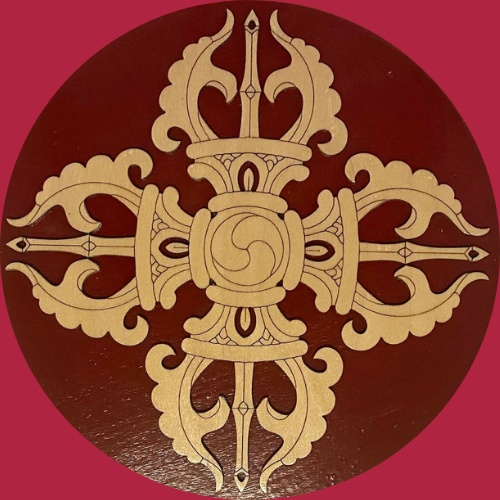Myanmar’s Heritage- Bagan
Mandalay is a fascinating testament to religion, it contains temples across the region. The ancient city of Bagan was once covered with 13,000 temples which were built from 9th CE -13th CE. A few temple got vandalized, with about 2,300 temples spread on 104 sq km surviving in Bagan Archaeological Zone. This area also comprises settlements and showcases over 2,000 relatively intact temples and pagodas near the border with Magway Region, located in central plains of Myanmar. The city is situated on the eastern bank of Irrawaddy River, about 180 southwest of Mandalay, Myanmar.
Brief History
According to the royal chronicles of Myanmar, Bagan was settled around the 2nd CE. and fortified by King Pyinbya around 849 CE. Scholars believe, Bamar founded the ancient city in the 9th century, that served as a cultural, and economic point until 13th CE.
The Pagan Kingdom was the first to unify Burma. The kingdom also established the Burmese ethnicity and culture, including Theravāda Buddhism. As a result, the city grew in stature & influence over time. The Bagan rulers made over 13,000 religious structures that included stupa, temples & monasteries in 104 square km. At its peak, Bagan was a cosmopolitan center for secular & religious studies, with most students specializing in a variety of languages, medicine, astrology, and legal studies. The rulers and their subjects practiced Theravada, although other traditions, such as Tantric and Mahayana Buddhism, were also practiced. In the last quarter of the 13th century, due to Mongol’s invasion in 1287, the Empire collapsed. It ceased as a capital for Burma in December 1297, when a new Myinsaing Kingdom was established over the central plains. However, the city did not suffer much damage and continued to host Buddhist pilgrims over the years.
Revival Efforts
The temples, pagodas, and monasteries were vandalized or destroyed due to natural calamities, especially earthquakes. Bagan suffered over 400 earthquakes in the 20th century, with a major earthquake occurring on July 8, 1975, that damaged several temples, of which some are irreparable.
Today, roughly 2300 temples and pagodas remain in the old city of Bagan. In the 1990s, most temples and pagodas underwent restoration, but the efforts were met with resistance and condemnation from preservationists and art historians. The critics argued that the restorations did not consider the original architecture nor used the ancient material. Thus, the heritage designation as UNESCO World Heritage Site was delayed until 2019. In August 2016, another major earthquake destroyed around 400 temples, including Myauk Guni and Sulamani.
Notable Structures in Bagan
1. Dhammayangyi Temple
Dhammayangyi Temple is the largest of all the Bagan temples, constructed during King Narathu’s reign (1167-1170). Narathu, who ascended to the throne after killing his father and brother, built this temple probably out of guilt and atone for his sin.
2. Ananda Temple
The Ananda Temple was built in 1091 CE. in the reign of King Kyanzittha. The temple is 51 meters tall with a small pagoda. Inside the temple are four standing Buddhas-
- Kakusandha facing north, Kassapa (south), Konagamana (east), and Guatama (west).
3. Gawdawpalin Temple
Gawdawpalin Temple was constructed in early 12th century during the reign of Narapati Sithu and Htilominlo. It is Bagan’s second tallest temple, after Thatbyinnyu, the two temples have same layouts. Although damaged in 1975, it is reconstructed.
4. Thatbyinnyu Temple
Constructed on Narapati Sithu’s reign. This five-story temple reflects Bagan’s innovative architecture and artistic style. It expressed the spirit of nationhood of the Burmese. Thatbyinnyu was destroyed in earthquakes of 1975 and 2016.
5. Shwesandaw Pagoda
It is the tallest pagoda with a height of 100 m. It was built in the reign of King Anawrahta in the 11th century. It comprises five terraces & contains the sacred hairs of Gautama Buddha.
6. Shwezigon Pagoda
Built during the reign of King Anawrahta and completed under King Kyansittha, was one of the shrines in Bagan. This pagoda is believed to contain a tooth, bone of Gautama and four standing statues of the Buddha. Shwezigon has been damaged and renovated several times over the centuries, with the current structure covered by metal plates.
